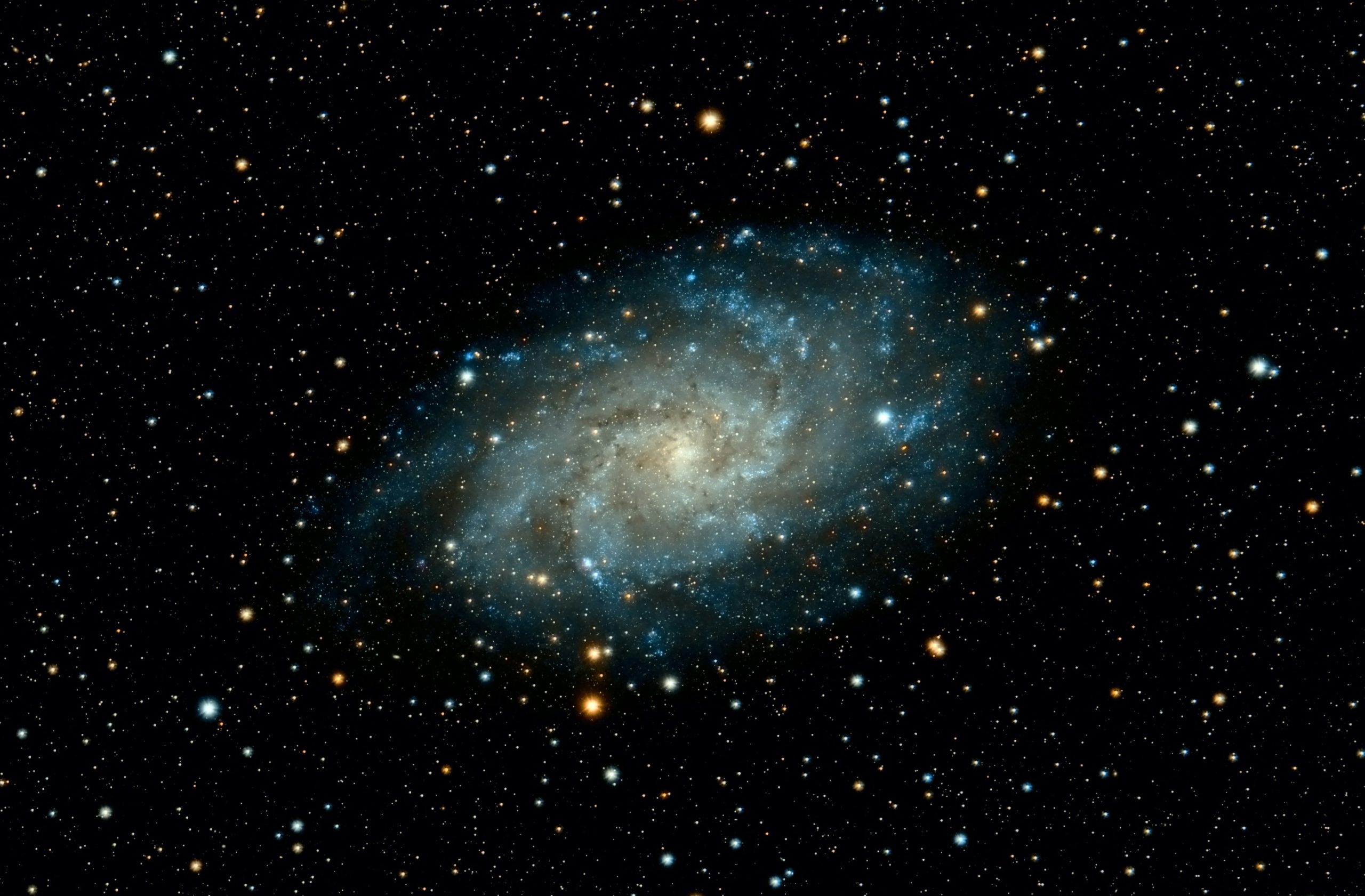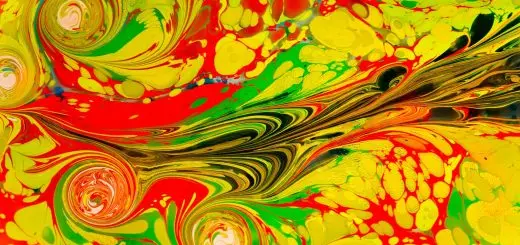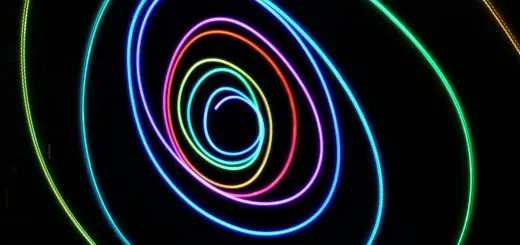Wendigo Lore: Dark Legends of the North

Looking for more amazing products? Check out our online store and explore our collection here! Happy shopping!
Before diving in, please note: This post is for informational purposes only. If you’d like to know more about how we approach topics, feel free to check out our friendly Disclaimer Page.
Hey there, amazing readers! 
We’re committed to delivering quality posts, and your support (even just sticking around despite the ads) means everything to us. So, bear with us, and thanks for helping us keep the good vibes rolling. Now, on to the fun stuff!
TRANSLATE BUTTON AT THE END OF THE ARTICLE
A Quick Overview
The Wendigo is a terrifying creature that originates from Native American folklore, particularly among the Algonquian-speaking tribes of the northern United States and Canada.
The Wendigo is often depicted as a malevolent spirit associated with cannibalism, greed, and excess.
The legend of the Wendigo serves as a cautionary tale against the dangers of selfishness and the consequences of indulging in primal desires.
This dark and chilling myth has captivated storytellers and artists for centuries, and its influence can be seen in various forms of media and literature.
The Origins of the Wendigo Myth
The Wendigo myth has its roots in the harsh winters and scarcity of food in the northern regions inhabited by the Algonquian tribes.
The legend of the Wendigo is said to have originated as a way to explain the unexplainable acts of cannibalism that would sometimes occur during times of famine.
It is believed that those who resort to cannibalism out of desperation would be cursed to become a Wendigo, a monstrous creature consumed by an insatiable hunger for human flesh.
Cultural Significance of Wendigo Lore
The Wendigo myth holds great cultural significance among Native American tribes, serving as a moral lesson that warns against greed, excess, and the breakdown of societal values.
The story of the Wendigo reinforces the importance of community, selflessness, and respect for the natural world.
By heeding the cautionary tale of the Wendigo, individuals are reminded to prioritize the well-being of others over personal gain and to live in harmony with nature.
Wendigo: The Cannibalistic Spirit
The Wendigo is often described as a malevolent spirit or supernatural being that possesses individuals who succumb to the temptation of cannibalism.
In some variations of the myth, the Wendigo is portrayed as a towering, gaunt figure with glowing eyes and a heart of ice.
It is said to have an insatiable appetite for human flesh and is driven by an overwhelming urge to consume those around it.
The Wendigo embodies the darkest aspects of human nature, representing greed, hunger, and the corruption of the soul.
Depictions of Wendigos in Native American Folklore
In Native American folklore, the Wendigo is depicted as a fearsome and powerful entity that embodies the destructive forces of nature.
It is often associated with winter, cold, and famine, reflecting the harsh realities of life in the northern wilderness.
The Wendigo is said to stalk the forests and prey on unsuspecting victims, driving them to madness and despair.
Those who encounter a Wendigo are said to be marked for death, as the creature’s insatiable hunger cannot be satiated.
Wendigo Psychosis: A Terrifying Phenomenon
Wendigo psychosis is a rare and terrifying phenomenon that has been documented among indigenous communities in North America.
Those afflicted with Wendigo psychosis exhibit symptoms of extreme hunger, aggression, and delusions of becoming a cannibalistic monster.
It is believed that this condition is brought on by a combination of cultural beliefs, social isolation, and environmental factors.
In some cases, individuals suffering from Wendigo psychosis have been known to commit acts of violence or self-harm in their desperate quest for human flesh.
The Transformation of Humans into Wendigos
According to Wendigo lore, humans can be transformed into Wendigos through various means, such as engaging in cannibalism or being possessed by the malevolent spirit.
Once transformed, a person loses their humanity and becomes a monstrous creature driven by an insatiable hunger for flesh.
The transformation process is said to be irreversible, and those who become Wendigos are doomed to wander the wilderness in search of their next victim.
The only way to stop a Wendigo is to destroy it completely, as it cannot be reasoned with or appeased.
Wendigo Encounters: Tales of Horror
Throughout history, there have been countless accounts of terrifying encounters with Wendigos in the wilderness.
Travelers and hunters have reported sightings of the creature lurking in the shadows, its icy breath freezing the air around them.
Stories of Wendigo attacks and disappearances have become part of the oral tradition of many indigenous tribes, serving as a cautionary tale to those who dare to venture into the untamed wilderness.
The fear of encountering a Wendigo has shaped the beliefs and behaviors of native peoples for generations.
Wendigo in Popular Culture and Media
The legend of the Wendigo has been a source of inspiration for countless works of art, literature, and film.
From classic horror novels to modern video games, the Wendigo has been portrayed in various forms, each more terrifying than the last.
The creature’s iconic appearance and chilling backstory have captivated audiences around the world, solidifying its status as one of the most enduring and fearsome figures in folklore.
The Wendigo’s presence in popular culture serves as a reminder of the primal fears and dark desires that lurk within humanity.
Wendigo Symbolism in Art and Literature
In art and literature, the Wendigo is often used as a symbol of greed, excess, and the destructive nature of unchecked desire.
Artists and writers have drawn upon the myth of the Wendigo to explore themes of gluttony, corruption, and moral decay.
The creature’s monstrous form and insatiable hunger serve as a powerful metaphor for the consequences of selfishness and moral depravity.
By incorporating the Wendigo into their work, creators are able to evoke feelings of unease, dread, and existential horror in their audience.
Wendigo Legends Across Different Indigenous Tribes
While the Wendigo myth is most commonly associated with the Algonquian tribes, variations of the legend can be found among other indigenous groups throughout North America.
Different tribes have their own interpretations of the Wendigo, with some viewing it as a malevolent spirit and others as a supernatural being.
Despite these differences, the core themes of greed, cannibalism, and spiritual corruption remain consistent across various tribal traditions.
The widespread presence of the Wendigo myth underscores its enduring relevance and importance in indigenous culture.
Wendigo: A Warning Against Greed and Gluttony
At its core, the legend of the Wendigo serves as a powerful warning against the dangers of greed, gluttony, and selfishness.
The creature’s insatiable hunger for human flesh symbolizes the destructive consequences of indulging in primal desires at the expense of others.
By heeding the lessons of the Wendigo myth, individuals are reminded to exercise restraint, compassion, and empathy in their interactions with others.
The story of the Wendigo encourages us to resist the temptations of excess and to strive for balance, harmony, and respect for all living beings.
The Legacy of Wendigo Lore in Modern Society
Despite originating from ancient folklore, the legend of the Wendigo continues to resonate with audiences in modern society.
The creature’s enduring popularity in popular culture and media speaks to its timeless appeal and ability to evoke fear and fascination in people of all ages.
The themes of greed, cannibalism, and spiritual corruption explored in Wendigo lore remain relevant today, serving as a cautionary tale for a world plagued by consumerism, environmental degradation, and social inequality.
By reflecting on the lessons of the Wendigo myth, individuals can gain a deeper understanding of the consequences of unchecked desire and the importance of living in harmony with nature and each other.
Conclusion
The Wendigo is a dark and chilling figure that has haunted the nightmares of countless generations.
Its origins in Native American folklore, its cultural significance, and its enduring legacy in popular culture all contribute to its status as one of the most iconic and fearsome creatures in myth and legend.
The legend of the Wendigo serves as a cautionary tale against the dangers of greed, gluttony, and selfishness, reminding us of the importance of community, compassion, and respect for the natural world.
By exploring the depths of the Wendigo myth, we are confronted with our own primal desires and the consequences of giving in to them.
In a world marked by excess and consumption, the story of the Wendigo continues to hold a mirror to our own dark impulses and serves as a stark reminder of the dangers that lie within us.

The Enlightenment Journey is a remarkable collection of writings authored by a distinguished group of experts in the fields of spirituality, new age, and esoteric knowledge.
This anthology features a diverse assembly of well-experienced authors who bring their profound insights and credible perspectives to the forefront.
Each contributor possesses a wealth of knowledge and wisdom, making them authorities in their respective domains.
Together, they offer readers a transformative journey into the realms of spiritual growth, self-discovery, and esoteric enlightenment.
The Enlightenment Journey is a testament to the collective expertise of these luminaries, providing readers with a rich tapestry of ideas and information to illuminate their spiritual path.
Our Diverse Expertise
While our primary focus is on spirituality and esotericism, we are equally passionate about exploring a wide range of other topics and niches 

To ensure we provide the most accurate and valuable insights, we collaborate with trusted experts in their respective domains 
Our blog originally focused on spirituality and metaphysics, but we’ve since expanded to cover a wide range of niches. Don’t worry—we continue to publish a lot of articles on spirituality! Frequently visit our blog to explore our diverse content and stay tuned for more insightful reads.
Hey there, amazing reader! 
Check out our store here and take a peek at some of our featured products below! Thanks for being awesome!













